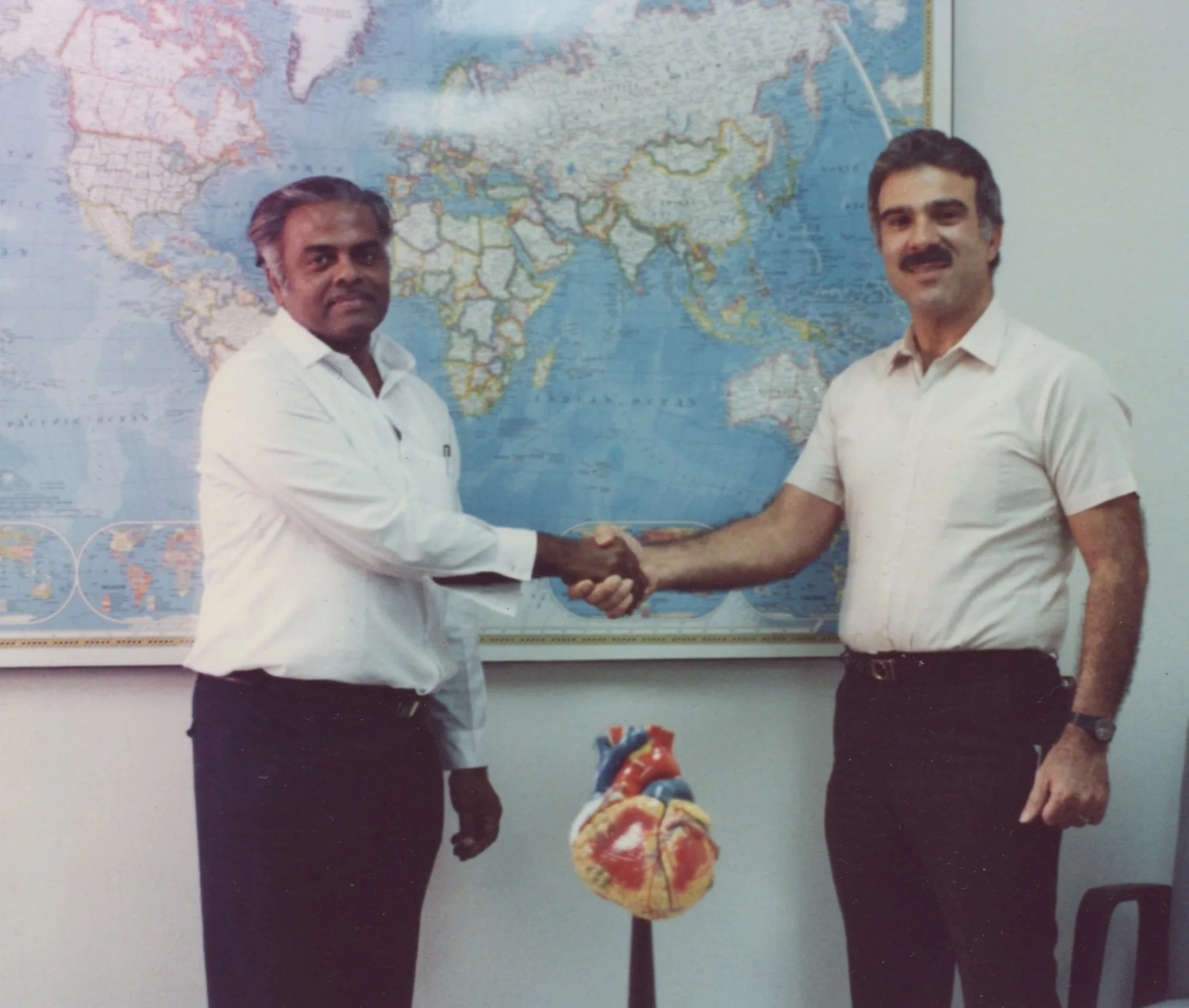
Singapore Rules and Realities
With its spotless streets, low crime, and unwavering adherence to the law, the island felt like the safest place in Asia. Traffic moved with precision; littering, spitting, or smoking where signs forbade it drew instant fines. Rules were clear, and breaking them had real consequences.
Corruption, common elsewhere in the region, held no place here. Bribing a police officer or official meant certain arrest. In nearby countries, a discreet exchange of money could smooth over almost anything. In Singapore, that shortcut didn’t exist.
Punishment also came with a sting, sometimes literally. Vandalism could earn you a public caning, and drug trafficking meant the gallows. Those hard boundaries kept people disciplined.
The structure ran deep, from names to manners. Chinese Singaporeans, for instance, placed the family name first—Dr. C.N. Lee’s birth certificate read Lee Chuen Neng. That attention to formality shaped every encounter, every address, every contract.
This city-state demanded respect for maintaining order, and rewarded those who adapted to it.
Dr. Victor and the Heart of India
A quid pro quo deal: My commitment was for Pacific Biomedical Enterprises to secure an exhibition booth for USD $2000. An audience would hear my personal account of how the venture came to fruition with these potential customers. Dr. Victor, who pioneered valvular surgery in India, wanted attendees to learn more about our mechanical heart valve. He dedicated a significant portion of his career to treating valvular heart disease, which was one of the reasons he encouraged me to support the Congress. While a growing number of Indian patients suffered from coronary artery disease (CAD) attributed to a richer diet and better living conditions, those less fortunate faced a different concern. Rheumatic heart disease was more common in rural areas with lower socioeconomic status, influencing the demand for corrective valve replacement surgeries. This was a significant cause of heart valve failures.
Dr. Victor sought to eradicate this disease in India. In 1989, he founded the Rheumatic Heart Ailment Project. Although both CABG and valve replacement surgeries are common in India, CABG interventions were due to lifestyle factors. In contrast, a valve replacement was related to having rheumatic heart disease, congenital defects, and age-related degenerative changes.


